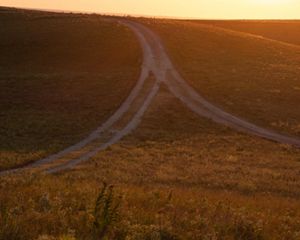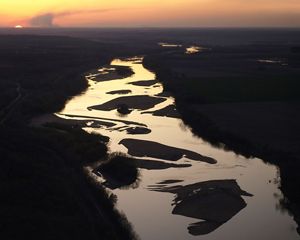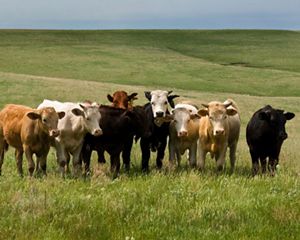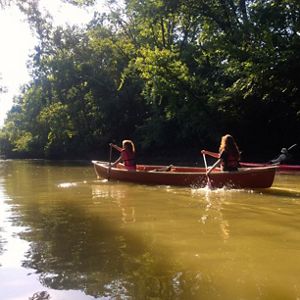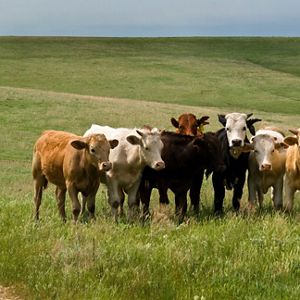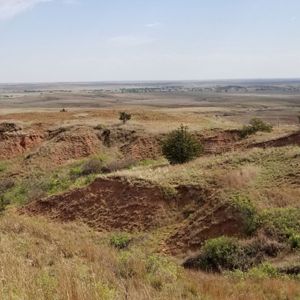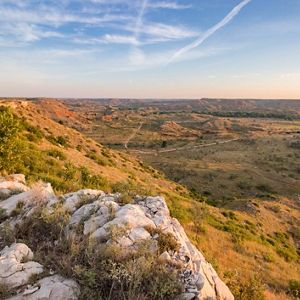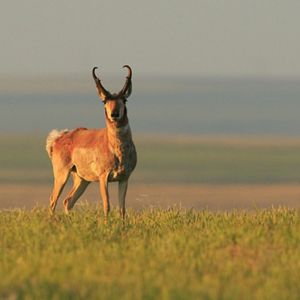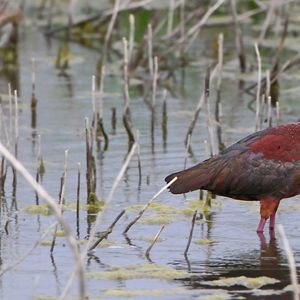Kansas
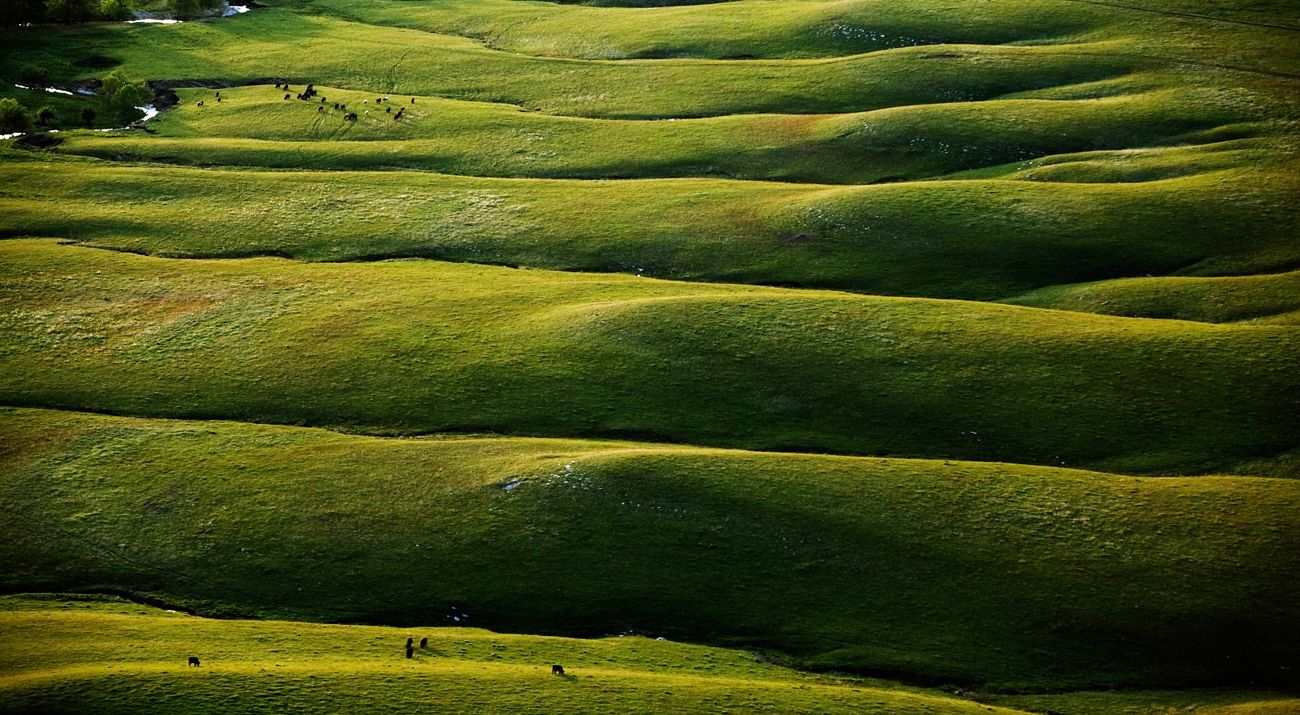
Make a Difference in Kansas
The mission of The Nature Conservancy is to conserve the lands and waters on which all life depends. For more than 30 years, we’ve worked in Kansas to do just that. We've permanently protected 161,000 acres across the state, including six preserves that are open to the public.
Your Support in Action
In 2024, The Nature Conservancy continued to make meaningful progress protecting Kansas's prairies and streams—and helping others manage their land with conservation in mind.
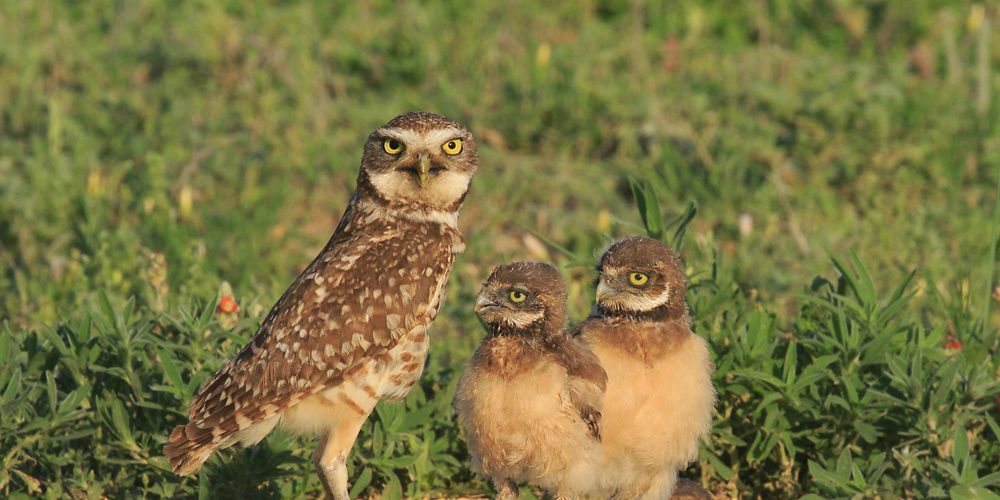
Summer Seed Collection at Tallgrass Prairie National Preserve Helps Endangered Butterfly
Learn about The Nature Conservancy's work to protect the Regal fritillary through native seed collection and prairie restoration.
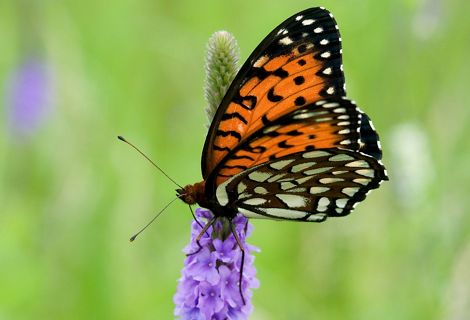
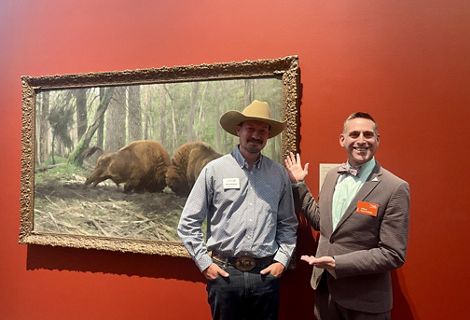
At the Intersection of Art and Conservation
The Nature Conservancy in Kansas partners with The Nelson-Atkins Museum of Art and Linda Hall Library to explore the powerful connections between art, science and conservation.
Policy Priorities in Kansas
The Nature Conservancy works with state and federal leaders to find meaningful solutions to the issues that impact Kansas's lands and waters.
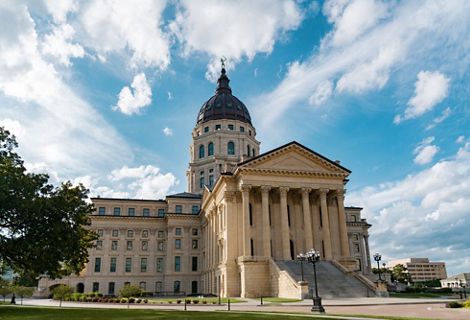
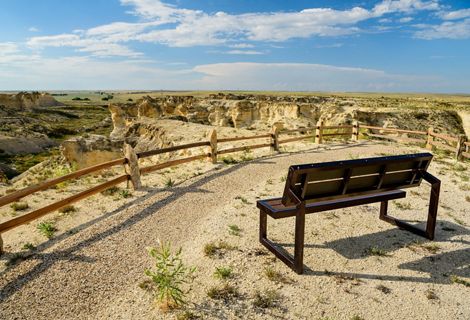
Little Jerusalem Badlands State Park
332-acres of dramatic chalk rock formations and rare plants protected by The Nature Conservancy. We partnered with the Kansas Department of Wildlife, Parks and Tourism to make portions of the area open to the public in 2020.
Download
Stories of TNC's work to protect Kansas's prairies and streams—and helping others manage their land with conservation in mind.
DownloadWe Can’t Save Nature Without You
Sign up to receive monthly conservation news and updates from Kansas. Get a preview of Kansas' Nature News email.
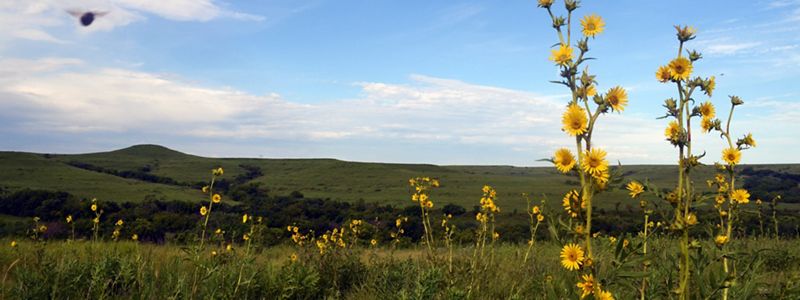

See the Places We Protect in Your Community
For more than 30 years, The Nature Conservancy has worked to conserve the lands and waters of Kansas, permanently protecting 161,000 acres including 6 preserves open to the public.
The Nature Conservancy's History in Kansas
1960-1969
Early Nature Conservancy members in Kansas encourage the organization to begin protecting natural areas in the sunflower state.

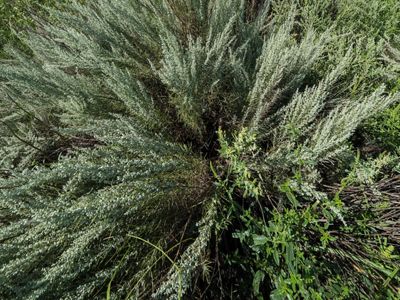
TNC's first project in Kansas was the purchase of 80 acres of sand sage prairie in Harvey county. With no staff in Kansas, TNC transferred the property to Bethel College to encourage scientific research and education.
1970-1979
More nature preserves are acquired as TNC develops new partnerships to manage the properties.
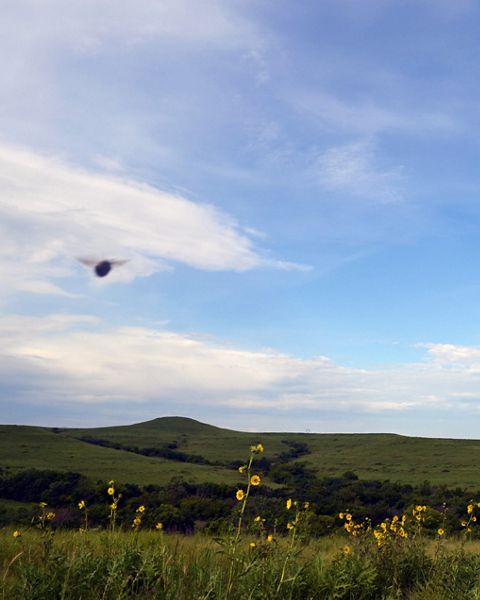
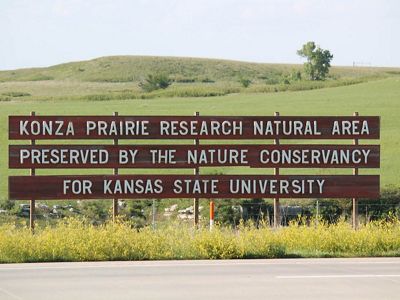
TNC established the Konza Prairie under a management agreement with Kansas State University's division of biology. K-State continues to utilize the preserve as a site for long-term ecological research.
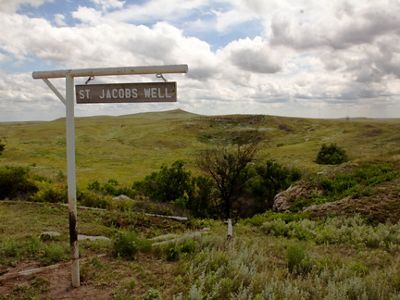
TNC acquires Big Basin Prairie Preserve and the St. Jacob's Well sinkhole in the Red Hills region of south-central Kansas. It is later sold to the Kansas Department of Wildlife & Parks with the stipulation it always be managed as a nature preserve.
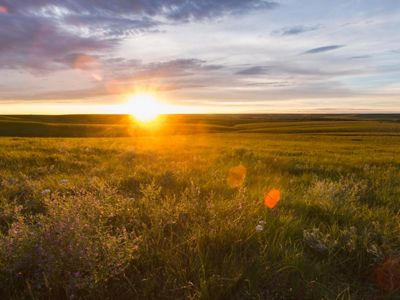
Flint Hills Tallgrass Prairie Preserve becomes the first property both owned and managed by TNC in Kansas. The 2,188 acres of tallgrass prairie is located in the heart of the Flint Hills.
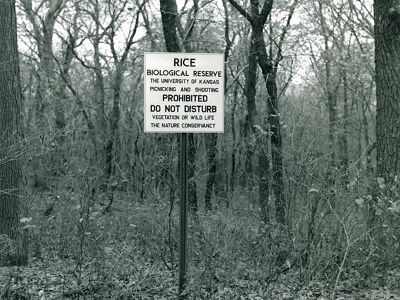
80 acres of undisturbed forest in northeast Kansas is donated to TNC. The land has 31 different species of trees, 21 species of shrubs and vines and several rare plants. TNC transfers the title to the nearby University of Kansas with the restriction that it be maintained as a protected area and used for ecological study.
1980-1989
By the end of the decade, the Kansas Chapter is established and the first Kansas director of TNC is hired.
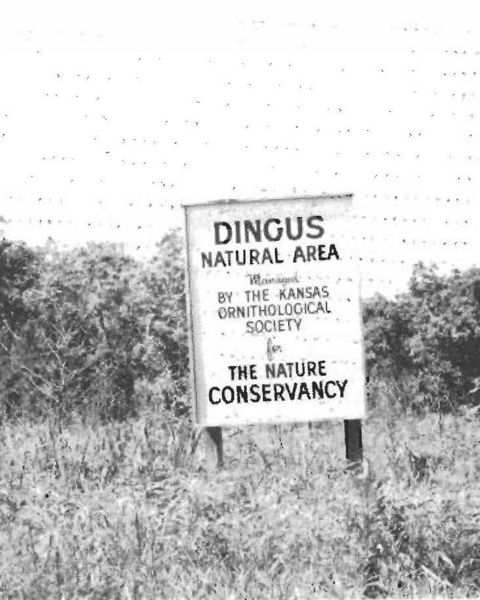
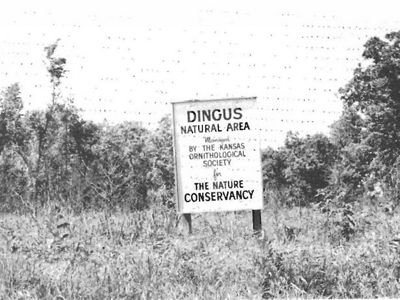
TNC turns over management of the Dingus Natural Area to the Kansas Ornithological Society. The oak-hickory forest is home to pileated woodpeckers and remains open to birdwatchers to this day.
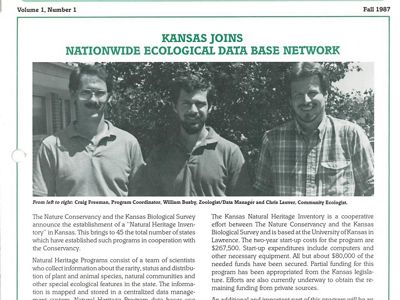
Kansas becomes the 45th state to establish an ecological database network with TNC. The Kansas Biological Survey is contracted to carry out the initial research.

TNC hires Alan Pollom as Kansas director and establishes the Kansas office in Topeka.
1990-1999
The '90s usher in campaigns to protect multiple priority conservation areas that were identified in the '80s. This leads to TNC's purchase of the largest property ever acquired in Kansas for conservation purposes.
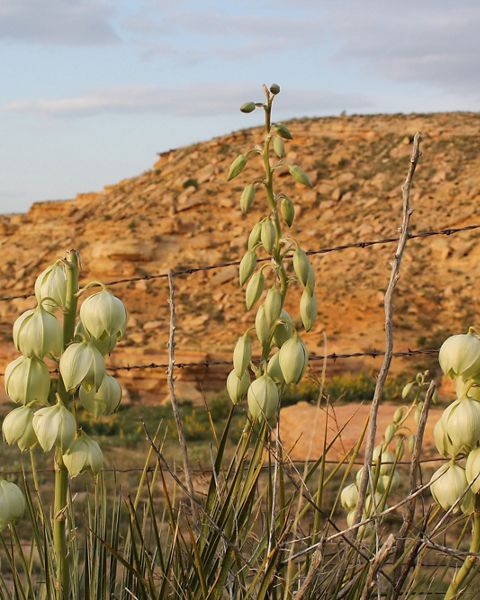

With a new director in Kansas, TNC quickly gets to work and begins purchasing lands to establish Cheyenne Bottoms Preserve. The central Kansas wetlands complex is a vital habitat used by migrating birds like the endangered whooping crane.
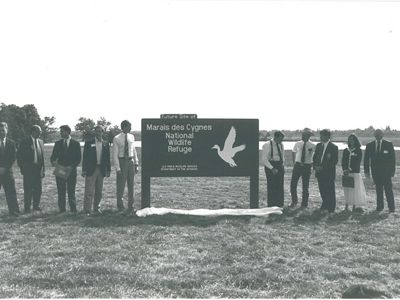
TNC brokers the deal creating the Marais des Cygnes National Wildlife Refuge in 1992. Original Kansas state director Alan Pollom stands second to left from the sign during groundbreaking.
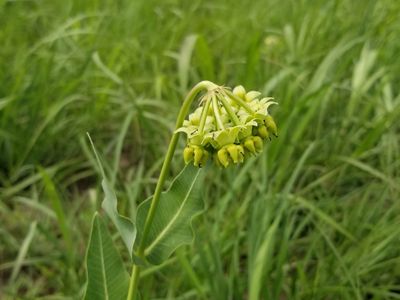
TNC buys precious remaining fragments of tallgrass prairie east of the Flint Hills. The area is known to have the largest population of the endangered Mead's milkweed plant.
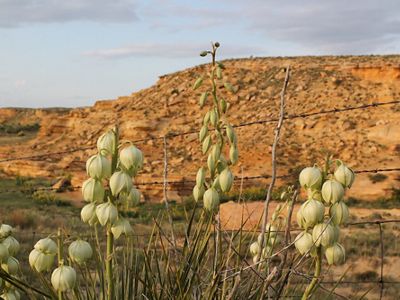
A decade after the Kansas Chapter is formed, TNC's acquisition of the 16,800-acre Smoky Valley Ranch in western Kansas is the state's largest-ever land purchase for conservation purposes.
2000-2009
Community conservation efforts begin to focus on private ranchlands where TNC empowers landowners to enhance wildlife habitat and protect native plant diversity.
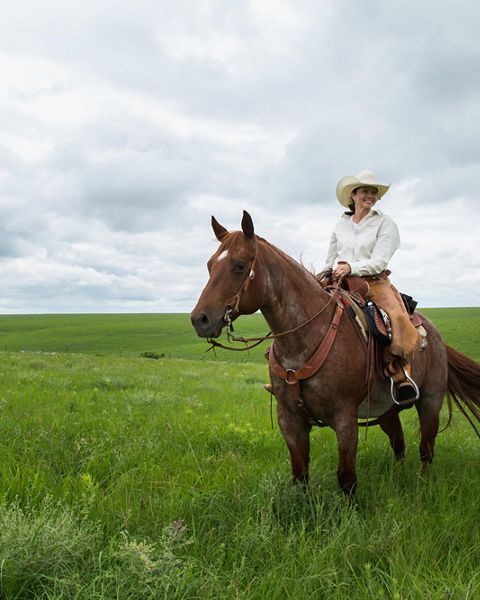
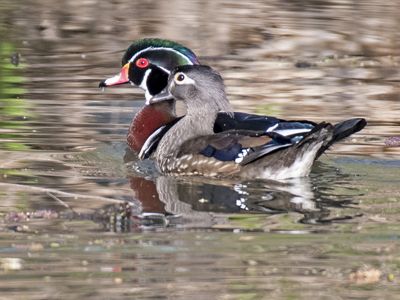
TNC partners with the state of Kansas and Ducks Unlimited to buy and restore the McPherson Valley Wetlands.
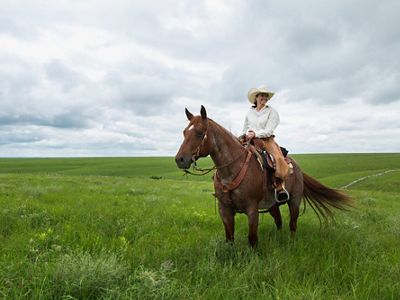
TNC begins working with private landowners through the Flint Hills Initiative which is focused on saving the last large expanse of tallgrass prairie in the world.

Bison are reintroduced to Smoky Valley Ranch, returning the iconic native grazer to the land for the first time in more than 100 years.
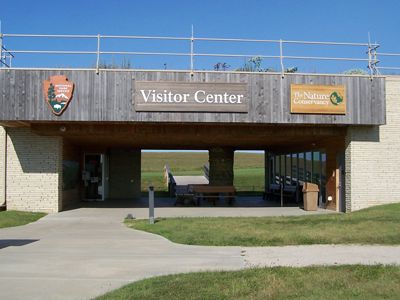
TNC agrees to purchase the Tallgrass Prairie National Preserve in order to save it from the looming fate of being divided and sold. Thanks to TNC, the 11,000-acre preserve is able to remain the National Park Service's only property dedicated to vanishing tallgrass prairie.
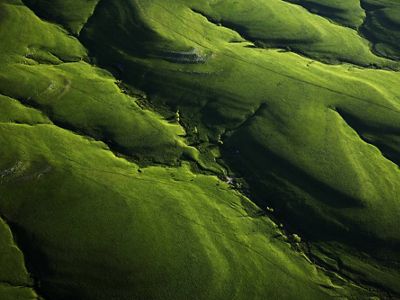
TNC establishes the first conservation easements in the Flint Hills, permanently protecting more than 3,600 acres of tallgrass prairie while it remains privately-owned and operated.
2010-2019
Conservation continues to spread beyond the borders of TNC preserves, with multi-state efforts that protect grasslands and freshwater streams.
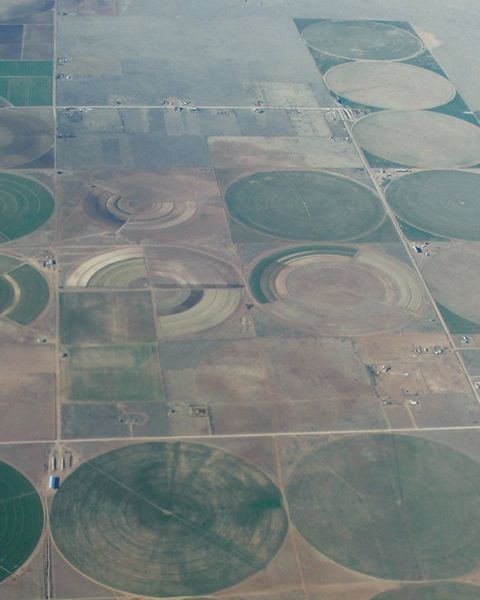
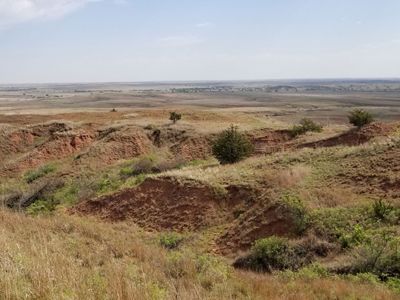
TNC launches the Red Hills Initiative to help landowners fight the “green glacier” of invasive cedar trees and improve the condition of rangelands in the vast, rugged region of south-central Kansas known as the Red Hills or Gypsum Hills.

TNC develops the science-based Site Wind Right model to steer energy development away from ecologically important habitat in Kansas and Oklahoma
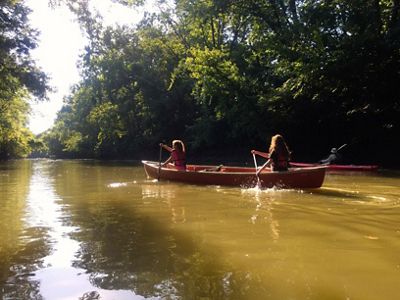
A study shows nearly 3/4 of Kansas streams are unsuitable for human use. TNC creates the David T. Beals III Healthy Streams for Kansas Initiative to recover streams and improve water quality.

30,302 acres of sand sagebrush prairie in Hamilton County offers refuge to scaled quail, lesser prairie-chickens and more when TNC acquires the largest conservation easement in the state of Kansas.
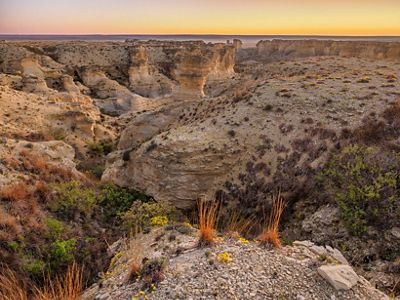
The much-anticipated Little Jerusalem Badlands State Park opens in late 2019. The largest Niobrara chalk rock formation in the state will continue to be owned by TNC while public access is managed by the Kansas Department of Wildlife, Parks and Tourism.
What's Next for Kansas?
It is not enough to just maintain the same pace of conservation. With your support we can build on our history of success in Kansas and double our impact in the next 5 years.
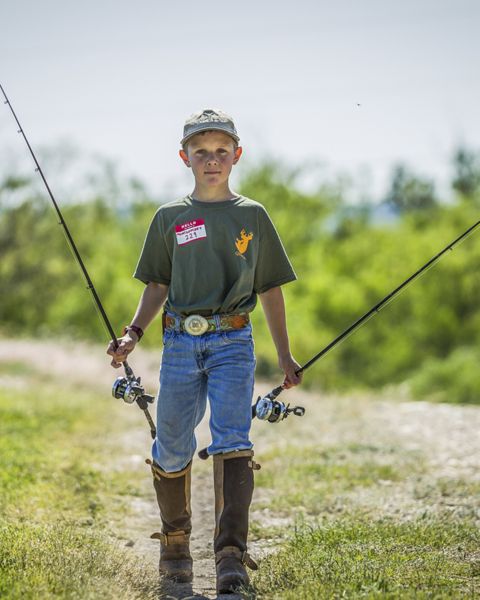
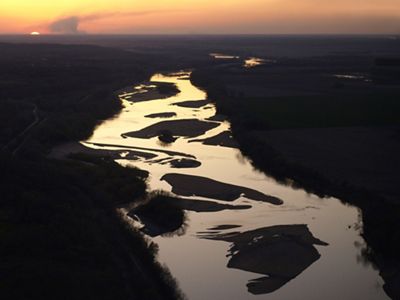
The Kansas River to the Sustainable Rivers Program, a a nation-wide partnership between TNC and the U.S. Army Corps of Engineers.
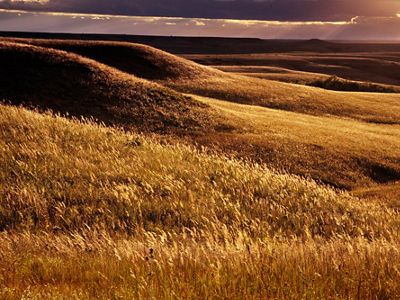
TNC launches the Conservation Easement Stewardship Initiative to help ranchers go beyond protecting their land to improving the health of their land.
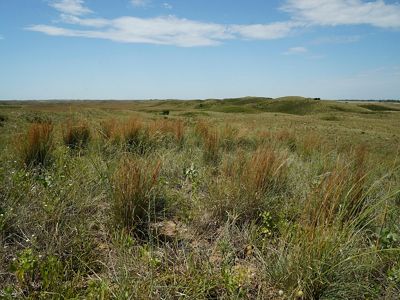
TNC purchases the 10,086-acres Sandhills Ranch, protecting one of the largest properties along the Arkansas River in eastern Kansas

